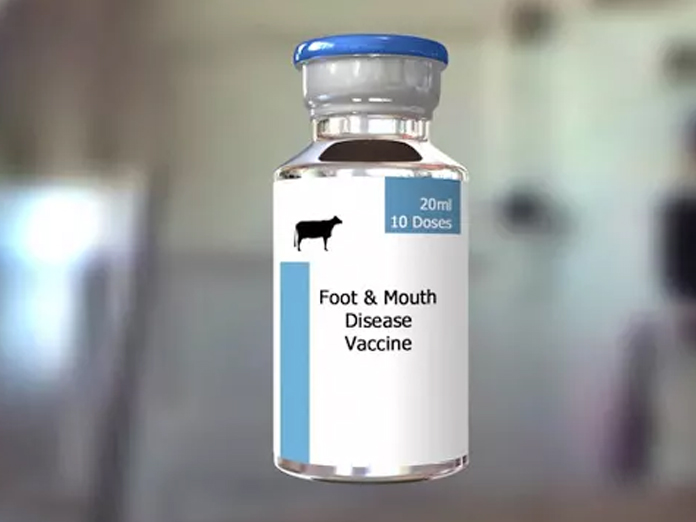



Article by: Hari Yellina
Some Australian producers are perplexed as to why the federal government isn’t immunising local livestock against the extremely contagious virus despite committing millions of dollars to a vaccine programme to eradicate foot-and-mouth disease in Indonesia. A broad outbreak would cause Australia’s commerce in beef, sheep, goat, dairy, and wool to cease operations, costing the Australian economy an estimated $80 billion in losses over ten years if the illness were to move from Indonesia to Australia.
However, immunising against foot-and-mouth disease (FMD) in advance of its discovery in Australia would have its own set of financial repercussions. “If we started immunising people right away, all of our trading partners would object, saying things like, ‘You’re immunising against a sickness, but you don’t actually have the condition.” On a recent episode of the Ag Watchers podcast, Australia’s chief veterinary officer Mark Schipp said, “We don’t believe that and we are going to treat you as if you have FMD.
The government allocated $5 million on Friday for a technical support package for managing livestock illness in Indonesia, Timor-Leste, and Papua New Guinea. Although the virus has been spreading in Indonesia since May, it has just recently migrated to the well-known tourist destination of Bali, raising fears that it may eventually reach Australian soil. If a local outbreak happened, Australia’s FMD-free status may be reinstated three months after the last case was discovered if the illness was managed using a slaughter-only strategy and surveillance was carried out, in accordance with the OIE’s (World Organization for Animal Health) standards.
Those regulations state that if animals were vaccinated rather than put to death and surveillance was carried out to show there was no sign of infection in the country’s livestock, it would take six months to re-establish Australia’s FMD-free status. The main strategy for managing and controlling FMD outbreaks is to eradicate the virus by butchering afflicted livestock. Along with the killing, there would be a nationwide ban on the transportation of livestock, tracing of sick animals, quarantine, and continual monitoring. Vaccination, preventive culling, and increased mobility limitations are regarded as additional measures that can be done to eradicate the virus under the Australian Veterinary Emergency Plan (AUSVETPLAN). The Australian Bureau of Agricultural and Resource Economics and Sciences (ABARES) conducted a study in 2005 that revealed immunisation is most successful if the virus has already spread extensively.
The Australian Animal Disease Spread Model, created by the Department of Agriculture, Fisheries and Forestry (DAFF), enables researchers to simulate an FMD outbreak and evaluate the efficacy of alternative containment strategies because Australia hasn’t experienced an FMD outbreak in a very long time. The model was used by researchers from the CSIRO, DAFF, and University of Melbourne to assess the efficacy of vaccination in containing a variety of outbreak scenarios. They published their findings last year. Over the study, the team made the assumption that the virus spread covertly for 21 days in a variety of settings in each state, including, among others, a hobby farm in the Sydney basin, interstate movement of infected cattle in Queensland, and an intensive beef farm in south-east Victoria.
The research team discovered that in almost all epidemic scenarios, the virus could be efficiently managed with slaughter and that vaccination did not shorten the size or duration of the outbreak and may significantly raise the cost of management. The sole exception was Victoria, where vaccination was proven to diminish the magnitude and duration of the outbreak. Here, “the temperature, climate, and higher rainfall means that there is more intensive farming than in most other parts of Australia.” The authors came to the conclusion that culling was the most efficient form of management in the outbreak scenarios that caused the most worry for stakeholders, including livestock and industry bodies. “This highlights the importance of incorporating the views and expertise of stakeholders in scenario formulation and not just focusing on large, worst-case scenarios when comparing control strategies,” the authors said.